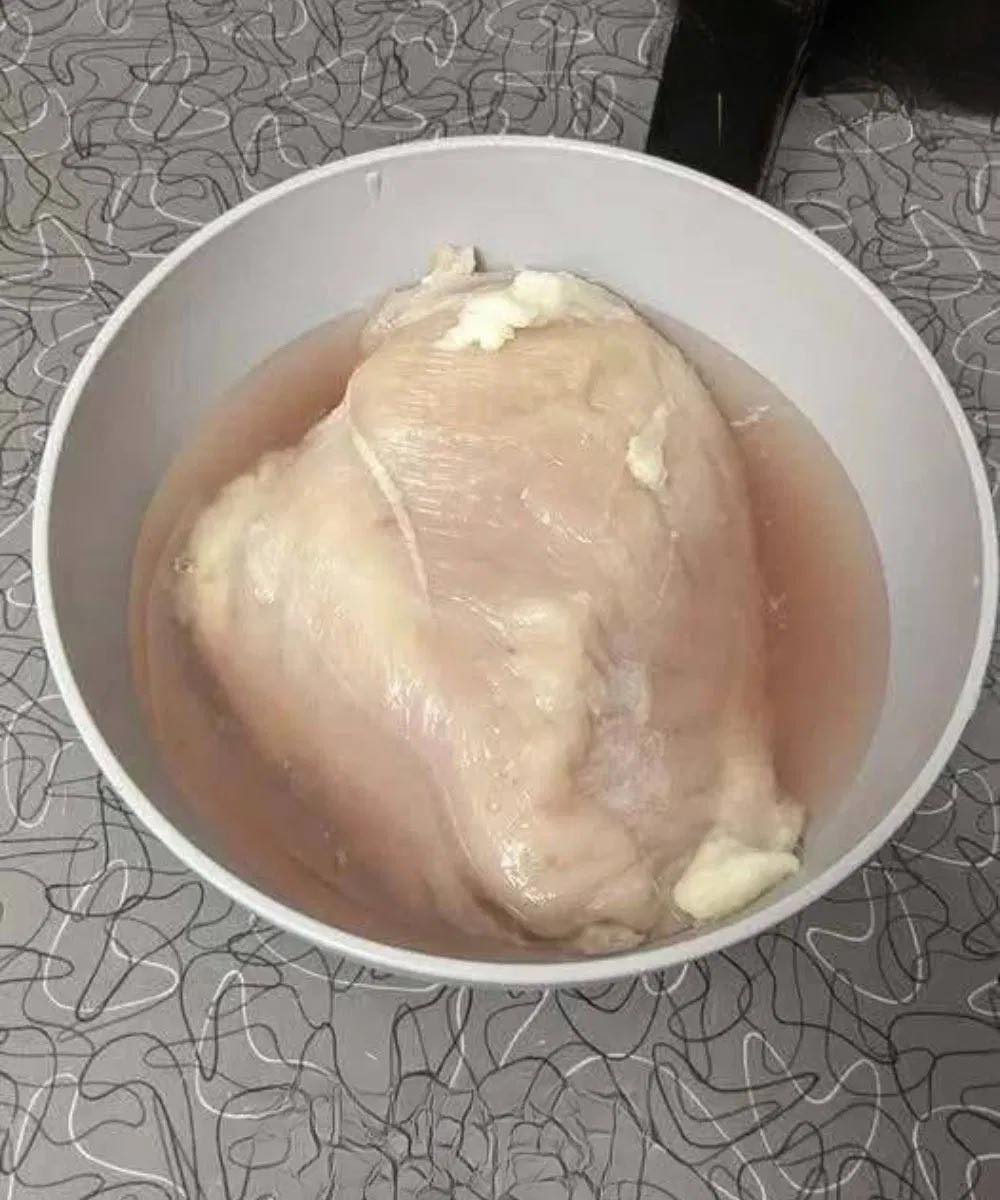We’ve all done it—opened the fridge late at night, tempted by the remains of last night’s roast chicken. It looks fine, smells fine, maybe even tastes fine. Yet food safety experts warn that looks can be deceiving when it comes to leftovers. Chicken, in particular, is one of the most common sources of foodborne illness, and knowing how to store, handle, and reheat it can mean the difference between a tasty snack and a nasty bout of food poisoning. The secret lies in understanding what professionals call the “danger zone.”
The danger zone is the temperature range between 40°F (4°C) and 140°F (60°C), where bacteria like Salmonella, E. coli, and Staphylococcus aureus multiply rapidly—doubling roughly every twenty minutes. If cooked chicken sits in this zone for too long, harmful bacteria can grow to dangerous levels, even if the food still looks normal. Poultry is especially risky because it naturally carries bacteria that require thorough cooking to destroy, and once exposed to air, utensils, or unclean surfaces, it can be easily recontaminated. Worse yet, some bacteria produce toxins that survive reheating, meaning no amount of microwave heat can make spoiled chicken safe again.
Timing is critical. Cooked chicken should never sit at room temperature for more than two hours—and if it’s a hot day (above 90°F or 32°C), that limit drops to just one hour. After that, it belongs in the trash, not the fridge. Once refrigerated, store leftovers in shallow, airtight containers to speed cooling and avoid exposure to moisture or microbes. Properly chilled chicken keeps safely for three to four days. If you don’t plan to eat it by then, freezing halts bacterial growth entirely. When it’s time to reheat, ensure the chicken is steaming hot all the way through—165°F (74°C) internally—to destroy any lingering bacteria, though toxins created earlier may still pose a risk.
The safest approach is also the simplest: when in doubt, throw it out. No meal is worth a night of nausea, fever, and regret. The rule of thumb is clear—store leftovers quickly, reheat them properly, and respect time and temperature. Food safety isn’t about paranoia; it’s about protecting yourself and your family from invisible hazards that thrive in the smallest lapses of care. So next time that late-night craving hits, pause for a second and check the clock. Your stomach will thank you.
